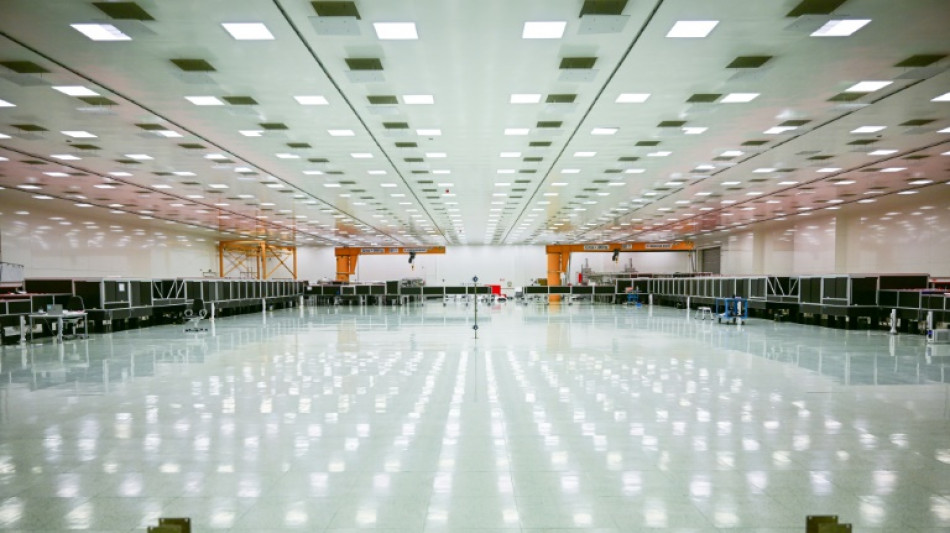
-
 'Veggie burgers' face grilling in EU parliament
'Veggie burgers' face grilling in EU parliament
-
Trio wins physics Nobel for quantum mechanical tunnelling

-
 Two years after Hamas attack, Israelis mourn at Nova massacre site
Two years after Hamas attack, Israelis mourn at Nova massacre site
-
German factory orders drop in new blow to Merz

-
 Man City star Stones considered retiring after injury woes
Man City star Stones considered retiring after injury woes
-
Kane could extend Bayern stay as interest in Premier League cools
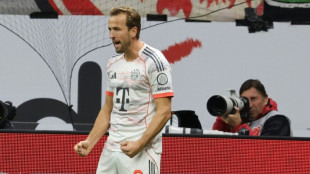
-
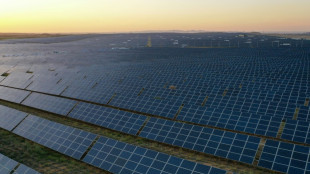 Renewables overtake coal but growth slows: reports
Renewables overtake coal but growth slows: reports
-
Extreme rains hit India's premier Darjeeling tea estates

-
 Raducanu retires from opening match in Wuhan heat with dizziness
Raducanu retires from opening match in Wuhan heat with dizziness
-
UK's Starmer condemns pro-Palestinian protests on Oct 7 anniversary

-
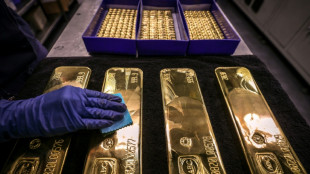 Tokyo stocks hit new record as markets extend global rally
Tokyo stocks hit new record as markets extend global rally
-
Japan's Takaichi eyes expanding coalition, reports say
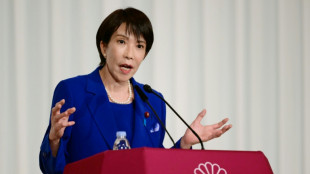
-
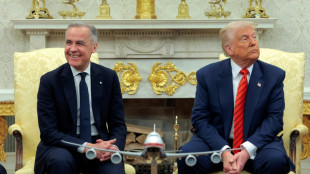 Canadian PM to visit White House to talk tariffs
Canadian PM to visit White House to talk tariffs
-
Indonesia school collapse toll hits 67 as search ends
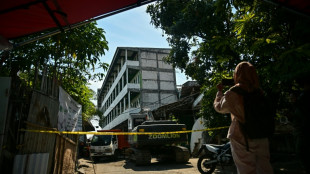
-
 Dodgers hold off Phillies, Brewers on the brink
Dodgers hold off Phillies, Brewers on the brink
-
Lawrence sparks Jaguars over Chiefs in NFL thriller

-
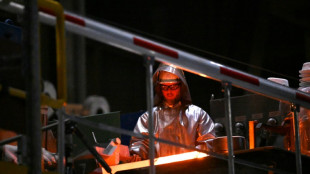 EU channels Trump with tariffs to shield steel sector
EU channels Trump with tariffs to shield steel sector
-
Labuschagne out as Renshaw returns to Australia squad for India ODIs
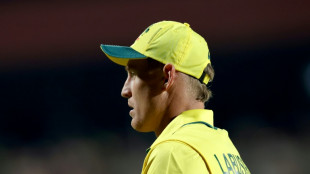
-
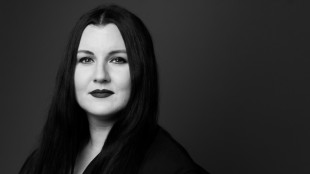 Open AI's Fidji Simo says AI investment frenzy 'new normal,' not bubble
Open AI's Fidji Simo says AI investment frenzy 'new normal,' not bubble
-
Tokyo stocks hit new record as Asian markets extend global rally
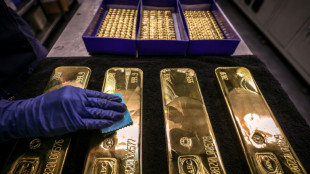
-
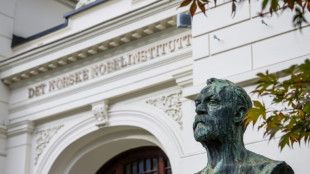 Computer advances and 'invisibility cloak' vie for physics Nobel
Computer advances and 'invisibility cloak' vie for physics Nobel
-
Nobel literature buzz tips Swiss postmodernist, Australians for prize
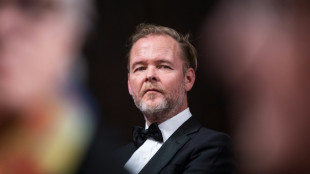
-
 Dodgers hold off Phillies to win MLB playoff thriller
Dodgers hold off Phillies to win MLB playoff thriller
-
China exiles in Thailand lose hope, fearing Beijing's long reach
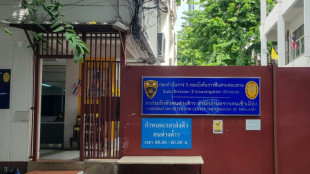
-
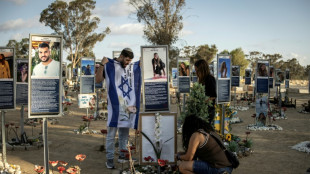 Israel marks October 7 anniversary as talks held to end Gaza war
Israel marks October 7 anniversary as talks held to end Gaza war
-
Indians lead drop in US university visas
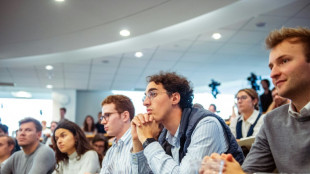
-
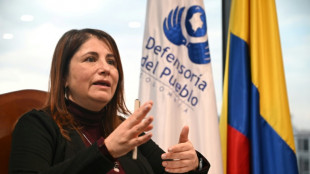 Colombia's armed groups 'expanding,' warns watchdog
Colombia's armed groups 'expanding,' warns watchdog
-
Shhhh! California bans noisy TV commercials

-
 Global Scams on the Rise: Over Half of Adults Worldwide Report Scam Encounters, 23% Lost Money
Global Scams on the Rise: Over Half of Adults Worldwide Report Scam Encounters, 23% Lost Money
-
HotelRunner and Visa Partner Globally to Power Embedded and Autonomous Finance in Travel

-
 Trump 'happy' to work with Democrats on health care, if shutdown ends
Trump 'happy' to work with Democrats on health care, if shutdown ends
-
Trump says may invoke Insurrection Act to deploy more troops in US

-
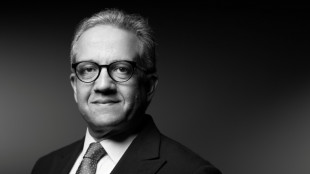 UNESCO board backs Egyptian for chief after US row
UNESCO board backs Egyptian for chief after US row
-
Unreachable Nobel winner hiking 'off the grid'
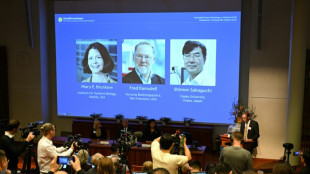
-
 Retirement or marketing gimmick? Cryptic LeBron video sets Internet buzzing
Retirement or marketing gimmick? Cryptic LeBron video sets Internet buzzing
-
CAF 'absolutely confident' AFCON will go ahead in protest-hit Morocco
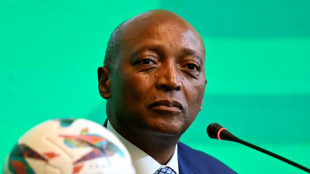
-
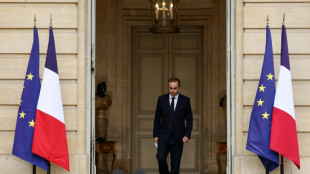 Paris stocks slide amid French political upheaval, Tokyo soars
Paris stocks slide amid French political upheaval, Tokyo soars
-
EU should scrap ban on new combustion-engine sales: Merz
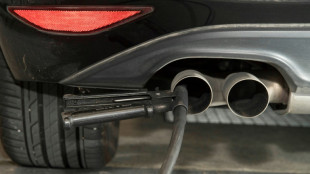
-
 US government shutdown enters second week, no end in sight
US government shutdown enters second week, no end in sight
-
World MotoGP champion Marquez to miss two races with fracture

-
 Matthieu Blazy reaches for the stars in Chanel debut
Matthieu Blazy reaches for the stars in Chanel debut
-
Macron gives outgoing French PM final chance to salvage government
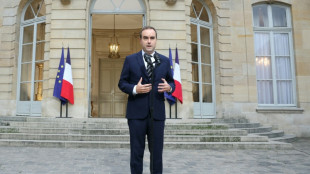
-
 Illinois sues to block National Guard deployment in Chicago
Illinois sues to block National Guard deployment in Chicago
-
Exiled Willis succeeds Dupont as Top 14 player of the season

-
 Hamas and Israel open talks in Egypt under Trump's Gaza peace plan
Hamas and Israel open talks in Egypt under Trump's Gaza peace plan
-
Mbappe undergoing treatment for 'small niggle' at France camp: Deschamps
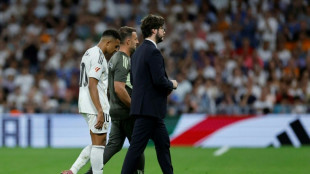
-
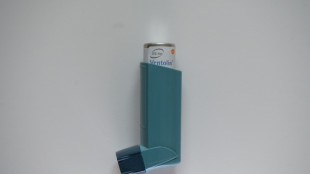 Common inhalers carry heavy climate cost, study finds
Common inhalers carry heavy climate cost, study finds
-
Madagascar president taps general for PM in bid to defuse protests
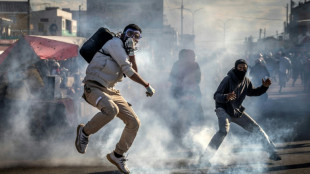
-
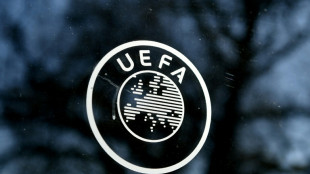 UEFA 'reluctantly' approves European league games in US, Australia
UEFA 'reluctantly' approves European league games in US, Australia
-
Hundreds protest in Madagascar as president to announce new premier
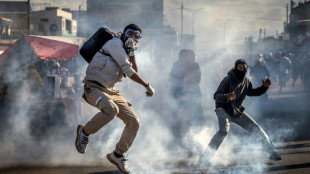

Romania centre explores world's most powerful laser
"Ready? Signal sent!"
In the control room of a research centre in Romania, engineer Antonia Toma activates the world's most powerful laser, which promises revolutionary advances in everything from the health sector to space.
The laser at the centre, near the Romanian capital Bucharest, is operated by French company Thales, using Nobel prize-winning inventions.
France's Gerard Mourou and Donna Strickland of Canada won the 2018 Nobel Physics Prize for harnessing the power of lasers for advanced precision instruments in corrective eye surgery and in industry.
"The sharp beams of laser light have given us new opportunities for deepening our knowledge about the world and shaping it," said the Nobel Academy's citation.
At the centre, in front of a wall of screens displaying light beams, Toma checks a series of indicators before starting the countdown.
On the other side of the glass, long rows of red and black boxes house two laser systems.
"I will not lie. From time to time, things can get a little stressful," 29-year-old Toma told AFP during a recent on-site press visit.
"But it's also very joyful to work here. And we are very happy that we have results" as teams of international researchers come to the centre, she added.
- 'Incredible odyssey' -
Nobel prize winner Mourou confessed he was "very moved" by his "incredible odyssey" -- from the United States where he spent 30 years, to bringing this project to fruition in Europe.
It was born in the 2000s out of the European Union's Infrastructure ELI project.
"We start from a small luminous seed with very, very little energy, which will be amplified millions and millions of times," said Mourou, 79, trying to give a sense of the "huge step taken", the "phenomenal powers" achieved.
Scientists have always pushed to create more powerful lasers.
By the mid-1980s however, they had hit a wall, as they could not increase the power without destroying what was amplifying the beam.
That was when Mourou and his then-student Strickland invented a technique called Chirped-Pulse Amplification (CPA), which managed to boost power while keeping the intensity safe.
It works by stretching an ultra-short laser pulse in time, amplifying it, and squeezing it together again, creating the shortest and most intense laser pulses the world has ever seen.
Already it has been applied in corrective eye surgery, but it has also opened the way for scientists to continue pushing the boundaries of laser power.
"We will use these ultra-intense pulses to produce much more compact and less expensive particle accelerators" to destroy cancer cells, said Mourou.
- Age of the laser -
Other possible applications include treating nuclear waste by reducing the duration of its radioactivity, or cleaning up the debris accumulating out in space, he added.
For Mourou, just as the last century was that of the electron, the 21st century will be that of the laser.
The scale of the operation at the research centre is dizzying.
The system is capable of reaching a peak of 10 petawatts (10 to the power of 15 watts) for an ultra-short time, in the order of a femtosecond (one millionth of a billionth of a second).
It took "450 tons of equipment" -- carefully installed -- to get an "exceptional level of performance", said Franck Leibreich, laser solution managing director at Thales.
The high-tech building housing the centre cost 320 million euros ($350 million), mainly financed by the EU.
Thales bills it as the largest investment ever made in scientific research in Romania.
Meanwhile, countries including France, China and the United States are already advancing their own projects to manufacture even more powerful lasers.
D.Schaer--VB
